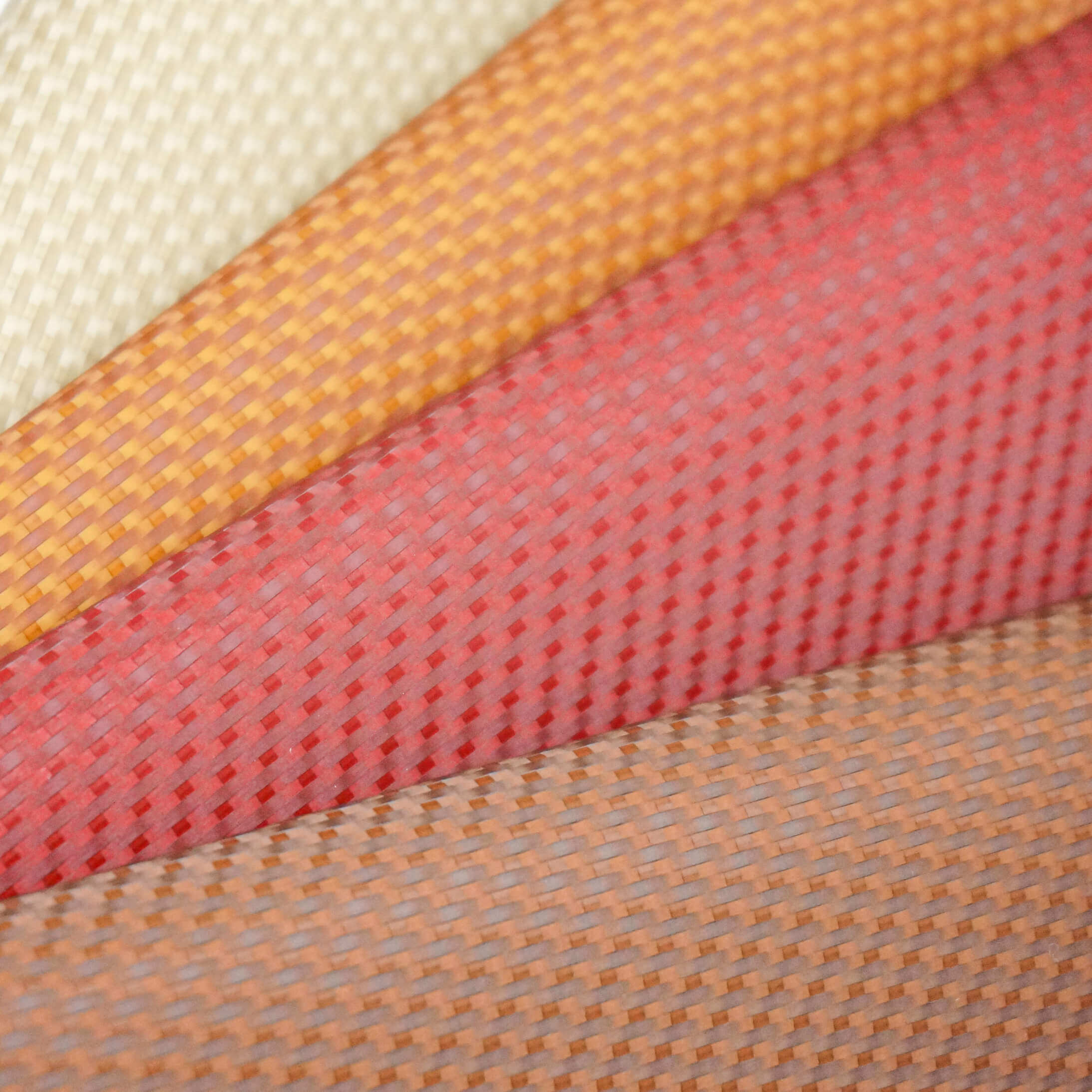Email format error
Email cannot be empty
Email already exists
6-20 characters(letters plus numbers only)
The password is inconsistent
Email format error
Email cannot be empty
Email does not exist
6-20 characters(letters plus numbers only)
The password is inconsistent

News

Synthetic Leather vs. PVC: Unveiling the Differences
When it comes to faux leather alternatives, two popular options often come to mind: synthetic leather and PVC. But what sets them apart? Which one should you choose for your upholstery, accessories, or fashion items? In this article, we delve into the world of synthetic leather and PVC, exploring their composition, characteristics, advantages, and environmental considerations. Join us as we unravel the differences between these two materials and help you make an informed decision.
I. Understanding Synthetic Leather
Synthetic leather, also known as faux leather or artificial leather, is a man-made material designed to mimic the appearance and texture of genuine leather. It is created by bonding a fabric base with a synthetic coating, typically made of polyurethane (PU) or polyvinyl chloride (PVC).
A. Polyurethane (PU) Synthetic Leather
2. Benefits:
a. Aesthetics: PU synthetic leather offers a wide range of colors, textures, and finishes, allowing for versatile design options.
b. Durability: PU synthetic leather is known for its durability and resistance to wear and tear.
c. Breathability: Compared to PVC, PU synthetic leather offers better breathability, enhancing comfort in various applications.
B. Polyvinyl Chloride (PVC) Synthetic Leather
2. Benefits:
a. Cost-Effectiveness: PVC synthetic leather is generally more affordable than PU synthetic leather, making it a popular choice for budget-conscious consumers.
b. Water Resistance: PVC synthetic leather is highly resistant to water, making it suitable for applications that require moisture resistance.
c. Low Maintenance: PVC synthetic leather is easy to clean and maintain, requiring minimal effort for upkeep.
II. Comparing Characteristics and Performance
When choosing between synthetic leather and PVC, it's essential to consider their characteristics and performance in different aspects.
A. Aesthetics and Texture:
2. PVC synthetic leather can also mimic the look of genuine leather, but its texture is generally less supple and may feel stiffer.
B. Durability and Longevity:
2. PVC synthetic leather is also durable but may be more prone to cracking and peeling over time, especially in extreme conditions.
C. Comfort and Breathability:
2. PVC synthetic leather tends to be less breathable, which can result in discomfort during prolonged periods of sitting or wearing.
III. Environmental Considerations
In today's eco-conscious world, considering the environmental impact of materials is crucial. Let's explore the environmental aspects of synthetic leather and PVC.
A. PU Synthetic Leather:
2. Recycling: PU synthetic leather can be recycled, reducing waste and promoting sustainability.
B. PVC Synthetic Leather:
2. Disposal: Improper disposal of PVC-based products can contribute to pollution. Proper recycling and waste management are essential to minimize its environmental impact.
Conclusion:
The choice between synthetic leather and PVC ultimately depends on your specific needs, preferences, and budget. While both materials offer advantages and considerations, understanding their composition, characteristics, and environmental impact empowers you to make an informed decision. Whether you prioritize durability, aesthetics, or sustainability, weighing the pros and cons of synthetic leather and PVC allows you to select the best option for your intended applications.

